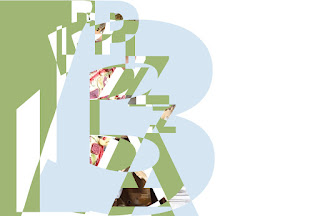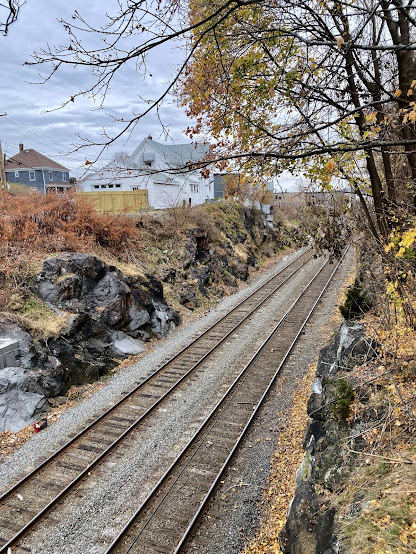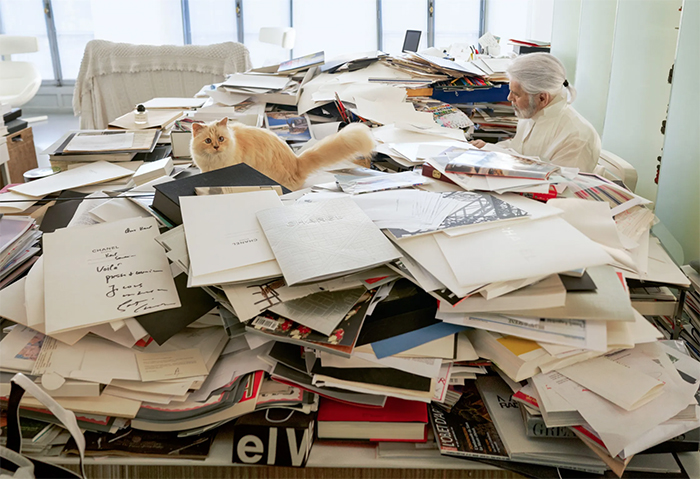Working with the photos and materials I already have instead of collecting more reference. First image is where I ended up, and the last image is where I began.
Tuesday, November 30, 2021
Monday, November 29, 2021
Friday, November 26, 2021
notes and recollections, week 13 meeting 22
Gervin Pineda work on view !
Fall 2021 Senior Thesis Exhibitions / Visual Communication and Design
December 1-4
Reception: Wednesday, December 1, 5-7pm
Montserrat Gallery and Carol Schlosberg Gallery
believable but true
Thanks to Brooke, for providing the image (“the older trial piece”) that, when cropped at a 3:4 ratio, yielded the above phrase!
discussion of work shown touched on composition, particularly how much design is enough, and/or too much, for small space (e.g., instagram); and also, how many elements are enough/too much.
John was interested in the utility (or futility?) of accumulating “reference materials;” can this action (inaction?) function as a chronic deferral of the crisis of making, with whatever is at hand, until some always-receding point in an imagined future?
redactions
Emily distributed copies of her journal entry for Sunday, March 3, 2019, and invited seminarians to submit their redactions to her. (Emily has explained that she has in mind the kinds of “redactions” one sees in documents released by the government, e.g., as a result of FOIA (Freedom of Information Act) requests)
it occured to John to look up the meaning and etymology of “redact.” The Merriam Webster dictionary provides three senses :
- to put in writing : frame
- to select or adapt (as by obscuring or removing sensitive information) for publication or release broadly : edit
- to obscure or remove (text) from a document prior to publication or release
The third of these senses is closest to Emily’s conception.
See also the (scriptural) sense elaborated in wikipedia, and the senses captured by the online etymology dictionary.
the latter provides these early senses for the word redact —
redact (v.)
late 14c., redacten, “combine in a unity;” c. 1400, “compile, arrange” (laws, codes, etc.); early 15c., “bring into organized form;” from Latin redactus, past participle of redigere "to drive back, force back; bring back; collect, call in; bring down, reduce to a certain state...”
—
and maybe pertinent (or of use), this —
“So writing is the method of using the word as bait: the word fishing for whatever is not word. When this non-word — between the lines — takes the bait, something has been written. Once whatever is between the lines is caught, the word can be tossed away in relief. But that’s where the analogy ends: the non-word, taking the bait, incorporates it. So what saves you is writing absentmindedly.”
ex Clarice Lispector her Água Viva (1973; Stefan Tobler trans, 2012) : 15
abstraction
We discussed Andrea’s presentation of her process book (in process). The process book should enable a future reader to follow the evolution of one’s ideas, through different iterations of the thesis statement and of the work itself. It need not (and indeed, normally will not) show everything, but rather should present a selection of work and sketches, and annotations thereon.
John wondered (again) about the title “abstraction and pattern,” and whether gesture might be included in that equation (or even replace abstraction). In the context of the thesis subtitle (“first thought,” second thought), abstraction seems to me not a first thought, but indeed a second (after the initial gesture, that cannot explain itself).
—
Not directlyl related to these considerations, but definitely involving the nature of abstraction, is this review a current exhibit at MOMA —
“The Wandering Creativity of Sophie Taeuber-Arp”
“The Swiss artist did it all — paintings and puppets, sculpture and tapestry — and was underestimated because of it. At MoMA she joins the major leagues.”
Jason Farago. The New York Times (November 26, 2021)
www.nytimes.com/2021/11/26/arts/design/sophie-taeuber-arp-review-moma-dada.html (paywall)
pdf at seminar's google drive (2.8MB).
Highly recommend this review, which makes some interesting points too about “indifference” (=erasure) of the artist’s cross-cultural influences.
conclusion :
The density of crosses and curves has a clear aim. They’re here in force to establish the artist as a modernist of the first importance — a modernist of MoMA caliber. In this “Living Abstraction” succeeds totally, and Sophie Taeuber-Arp seems almost a self-contained paradigm of this museum’s recent reinvention: an artist who could make abstraction into a high calling, in fine and applied arts equally. She also has her place in a more global museum, where pictures and people shuttle through endless encounters and no abstraction is pure [emphasis, jm].
clutter
a favorite photograph —
Karl Lagerfeld, photographed by Annie Leibovitz, Vogue (September 2018) : source




















































